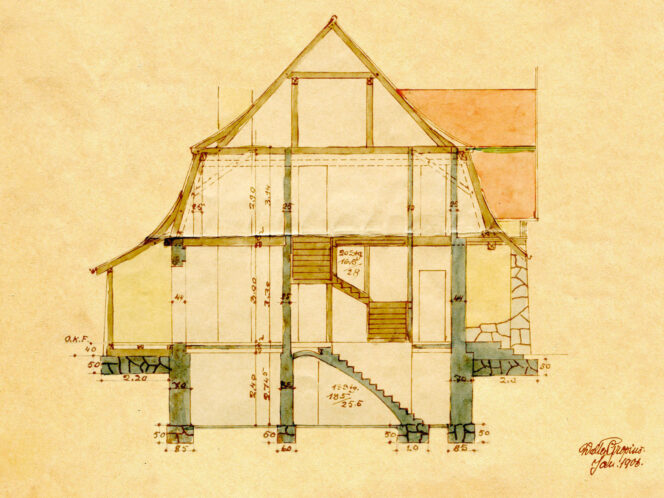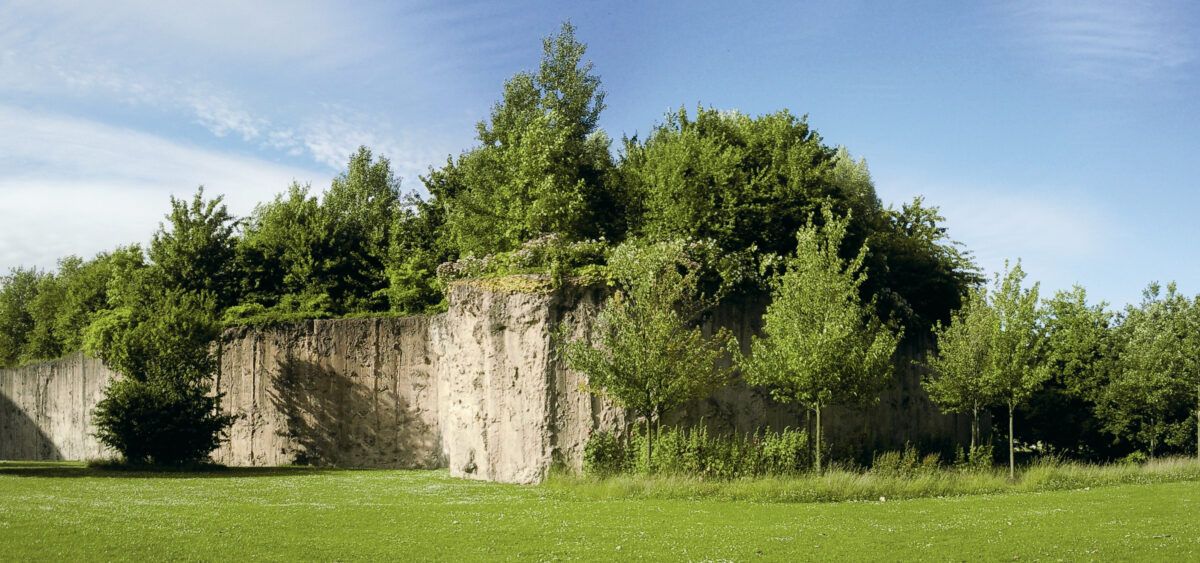
As one of the most prestigious schools of crafts and fine arts celebrates its 100th anniversary, his name appears everywhere. Walter Gropius was the co-founder of the Bauhaus and one of the most eminent representatives of the International Style. In many books, the list of his notable projects opens with the Fagus Factory, a shoe last factory built in 1911 in Alfeld. The trouble is, by that time Gropius was already pushing 30, and had had many other projects in his portfolio before Fagus. Some of them are located in… the West Pomeranian region of Poland.
Gropius came from a family of engineers and architects, and yet he never learned how to draw properly. At school, he always had his projects completed by hired draughtsmen or other students. In March 1903, Gropius began his studies at the Technische Universität München, but he left the faculty after his first semester. Two years later, he enrolled at the technical college in Charlottenburg, but








